Bringing the Outdoors In for Victorian City Homes
- 20-08-24
- 6 min read
- Blog
With their elegant facades and compact layouts, Victorian terraced houses are a quintessential part of our urban environments.
But, as city living evolves, there's a growing desire to connect these period properties with nature, bringing the outdoors in and creating serene, green spaces within the city.
Read on to explore innovative ways to integrate nature into Victorian city homes, creating stunning, functional outdoor spaces that truly flow into your home.
In recent years, the value of outdoor spaces in urban properties has skyrocketed.
Homeowners and potential buyers increasingly recognise the importance of gardens and outdoor areas, not just for their aesthetic appeal but also for their contribution to well-being and property value.
According to recent studies, gardens can add substantial value to a home in the UK. Some sources suggest an increase of up to 20%, while others indicate it could be as high as 77%!
To put this into perspective, a well-designed garden could potentially add £60,000 to the market price of a £300,000 property.
This significant boost in value is driven by buyer preferences. Approximately 70% of home buyers are willing to pay more for a property with outdoor space.
The size and quality of the outdoor space play an essential role in determining its value. Homes with the largest gardens can command a price premium of up to 39% per square foot compared to properties with smaller outdoor areas.
So, how can we practically unlock these advantages for Victorian city homes?
One of the primary challenges in Victorian terraced houses is the lack of natural light, particularly in the central areas of the home.
These properties often have narrow frontages and deep floor plans, resulting in dark, poorly lit spaces.
However, with clever design and modern architectural techniques, it's possible to flood these homes with light and create stunning views of outdoor spaces.
Here are some effective strategies to achieve this:
Rear Extensions with Glazing: Consider adding a rear extension with floor-to-ceiling glazing. In many urban areas, extensions of up to 3 metres (or 6 metres for detached houses) fall under permitted development, allowing for significant increases in natural light and garden views. A glass-walled extension can create a striking contrast with the original Victorian architecture while providing a sun-drenched living space.
Side Return Extensions: A side return extension with a glazed roof can transform a dark kitchen into a light-filled space that seamlessly connects to the garden. This is particularly effective in homes with narrow side passages. Consider using structural glass for the roof to maximise light penetration and create a sense of openness.
Skylights and Roof Lanterns: Installing skylights or roof lanterns can flood central areas with natural light. In conservation areas, conservation-style roof lights can maintain period aesthetics while improving light levels. Consider a large roof lantern over a stairwell for a dramatic effect, creating a light well that illuminates multiple floors.
Internal Glazing: Use internal glazed partitions or doors to allow light to penetrate deeper into the home while maintaining distinct spaces – a great solution for retaining the traditional room layout of Victorian homes. Crittall-style glazing can provide a contemporary edge while echoing the industrial aesthetic popular during the Victorian era.

Above: Exceptional side-return and rear extension in SE26
Blurring the lines between indoor and outdoor spaces is a key trend in modern home design, and it's particularly effective in Victorian properties where outdoor space may be limited.
By creating a seamless transition between the interior and exterior, you can make even the smallest city garden feel like an extension of the home. Here are some strategies to achieve this:
Bi-Fold or Sliding Doors: Install bi-fold or sliding doors across the rear of the property to create a seamless transition to the garden. This can dramatically increase the sense of space in smaller homes. Opt for slim-frame designs to maximise the glass area and consider using a flush threshold for a truly seamless transition.
Level Thresholds: Ensure the indoor and outdoor flooring is at the same level, with a weatherproof threshold to create a smooth transition. Using similar flooring materials inside and out can further enhance the connection. For example, you might use the same porcelain tiles in your kitchen and on your patio, creating a continuous surface that visually extends the living space.
Outdoor Kitchens: Extend the kitchen into the garden with a built-in BBQ area or outdoor kitchen. This creates an additional living space perfect for entertaining during warmer months. Consider including features like a pizza oven, sink, and refrigerator to make the space fully functional.
Covered Patios: Create a covered patio area directly outside the main living space to provide a usable outdoor area year-round. A retractable awning can provide flexible protection from sun and rain.
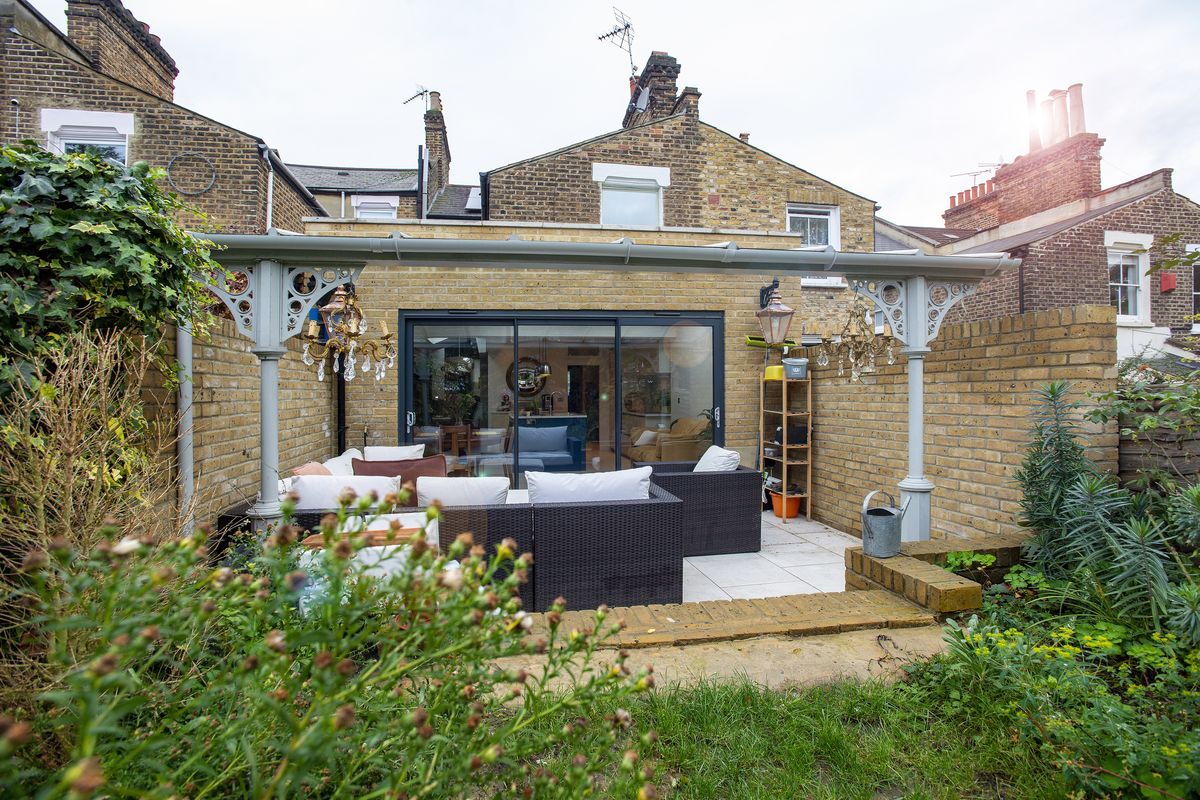
Above: Spectacular covered patio in SE14
Incorporating plants and natural materials within the home can create a lush, vibrant atmosphere that connects your indoor spaces with the natural world outside.
This approach not only enhances the aesthetic appeal of your home but can also improve air quality and contribute to a sense of well-being. Here are some effective ways to bring nature into your Victorian home:
Indoor Trees: Large indoor trees in light-filled areas can create a dramatic, nature-inspired focal point. Fiddle-leaf figs or olive trees work well in the high-ceilinged spaces typical of Victorian homes. Place them in corners or use them to divide open-plan spaces for maximum impact.
Herb Gardens: Create an indoor herb garden in the kitchen using vertical planters or windowsill boxes. This not only adds greenery but also provides fresh herbs for cooking. Consider installing grow lights to ensure your herbs thrive even in less sunny spots.
Natural Materials: To echo the outdoors, incorporate natural materials like wood, stone, and rattan into your interior design. This can be particularly effective in creating a cohesive look in open-plan extensions. Consider using reclaimed timber for flooring or shelving or introducing a stone feature wall to bring texture and natural elements into your space.
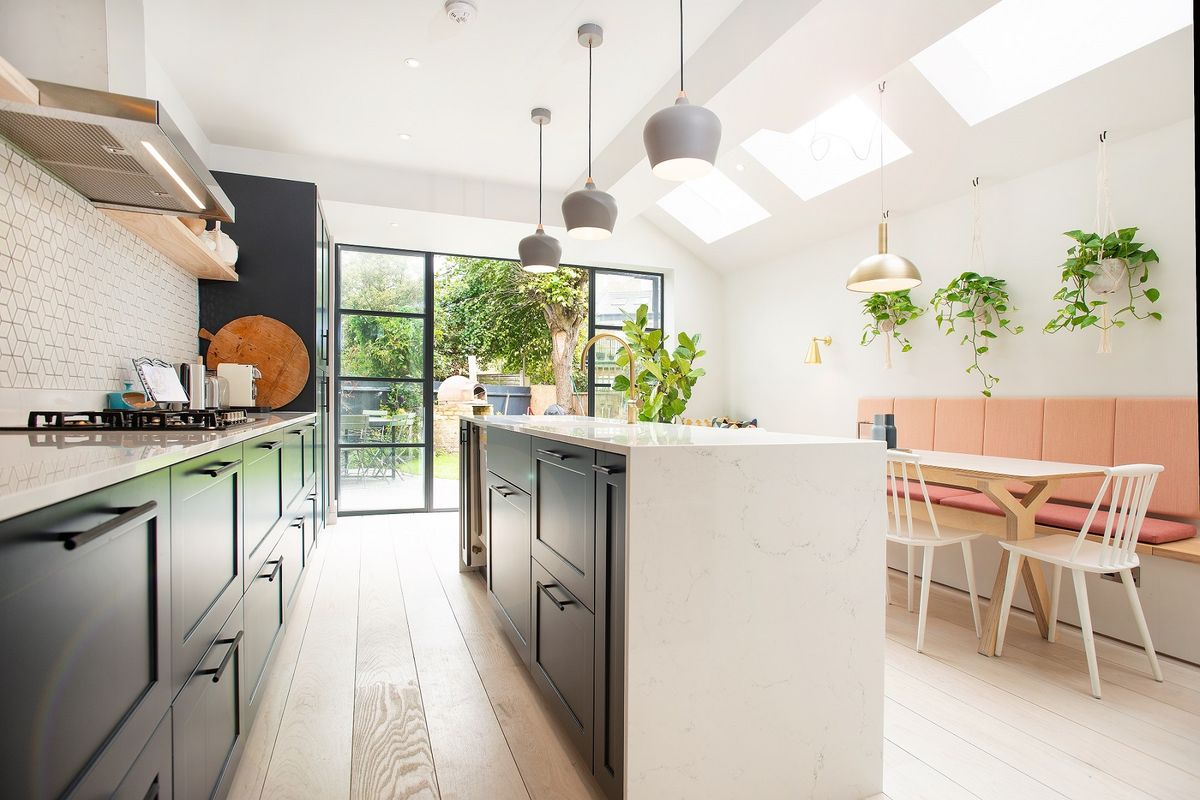
Above: Natural light, large doors, and houseplants combine in N4
Many Victorian city homes have limited outdoor space, but with clever design, even the smallest garden can become a valuable living area extension.
The key is to make every square foot count, creating a multi-functional space that serves as an outdoor room. Here are some strategies to get the most out of your small outdoor space:
Vertical Gardening: Utilise vertical space with wall-mounted planters or trellises. This is particularly useful in homes with compact gardens. Consider installing a green wall system or using hanging baskets to create a lush, verdant feel without taking up valuable floor space.
Multi-Functional Furniture: To enhance garden usability in small spaces, choose furniture that can serve multiple purposes, such as storage benches or fold-away tables. Look for stackable chairs or nesting tables that can be easily stored when not in use.
Zoning: Even in small gardens, create distinct zones for dining, relaxing, and planting to make the space feel larger and more versatile. Use different flooring materials or raised beds to delineate these areas visually.
Mirrors: Use outdoor mirrors to create the illusion of more space and reflect light into darker corners of the garden. Large mirror panels can be particularly effective in making a small courtyard feel more expansive.
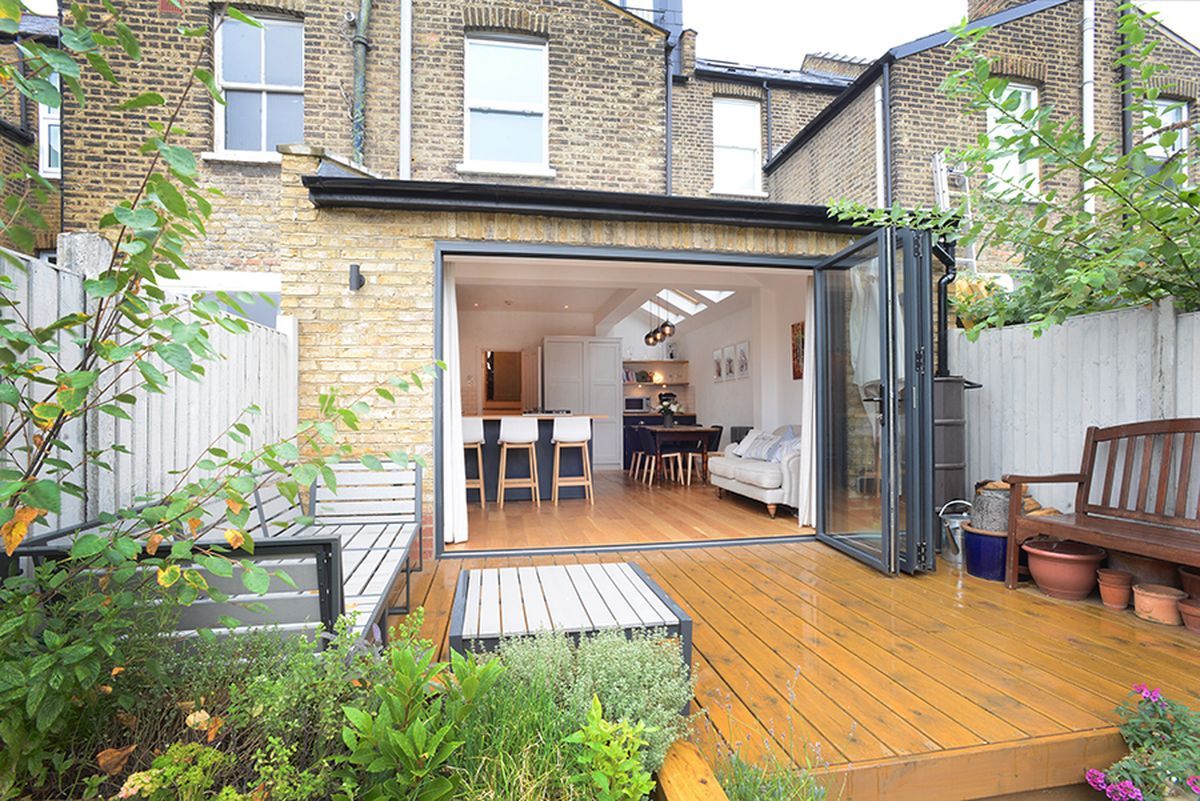
Above: Beautiful zonal garden in SE13
When bringing the outdoors in, it's important to respect the Victorian character of your home while incorporating modern elements.
This balance can create a unique and appealing aesthetic that honours the property's heritage while meeting contemporary needs. Here are some ways to achieve this balance:
Preserve Original Features: To maintain the home's period charm, retain and restore original features like fireplaces, cornicing, and sash windows. These elements can provide a beautiful contrast to more modern, nature-inspired additions.
Sympathetic Materials: When adding new elements, choose materials that complement the existing architecture. For example, use reclaimed bricks for extensions to match the original brickwork, or opt for traditional timber sash windows with modern double-glazing in a new extension.
Contemporary Contrast: Don't be afraid to introduce modern elements that contrast with period features. A sleek glass extension can juxtapose sharply with traditional Victorian architecture, creating a dialogue between old and new.
Period-Inspired Landscaping: In the garden, consider incorporating Victorian-inspired elements like wrought iron gates or traditional paving patterns to tie the outdoor space to the home's history. Combine these with modern planting schemes for a fresh take on period garden design.

Above: Rustic exposed brickwork intelligently marries classic and modern design styles in N16
By thoughtfully implementing these strategies, you can create a Victorian city home that seamlessly blends indoor and outdoor spaces, respects its architectural heritage, and meets the demands of modern urban living.
With careful planning and stunning, creative solutions like those showcased here, you, too, can transform your period property into a nature-connected haven in the heart of the city, potentially adding significant value to your home in the process.
If you're considering ways to bring the outdoors into your Victorian city home, go no further than Design Team.
Our expertise in blending period features with contemporary design ensures that your home renovation will be both beautiful and practical, boosting the potential of your indoor and outdoor spaces.
Contact Design Team today to start your journey towards creating a nature-inspired urban oasis in your Victorian home.
Book a free Design Consultation with one of our team to discuss your project in more detail.
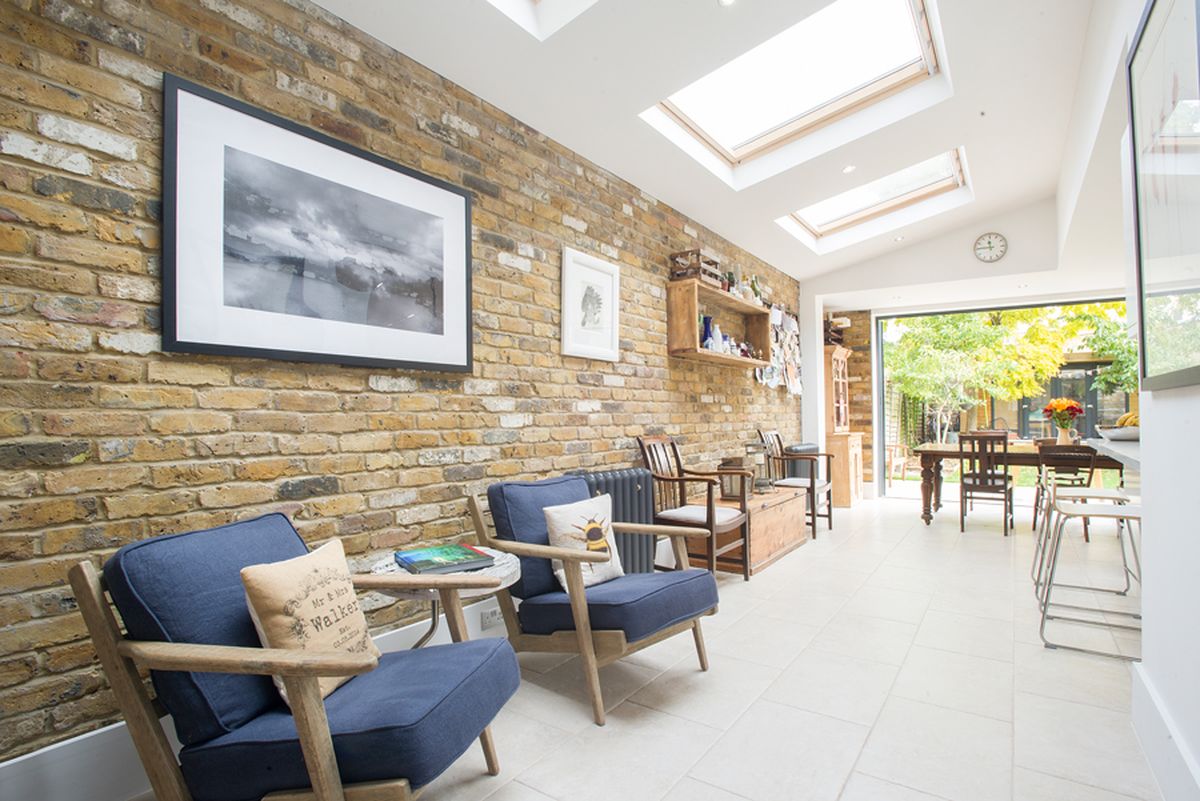
16-09-24 6

13-09-24 6
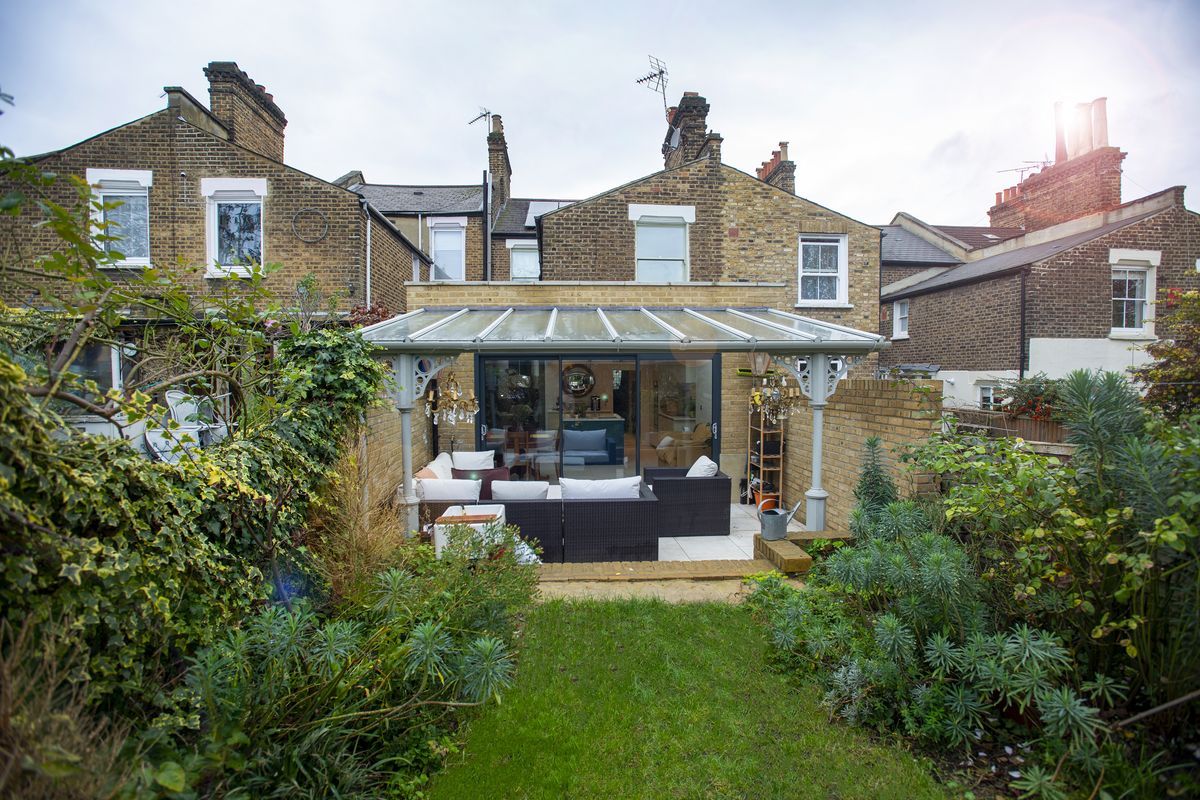
02-09-24 6